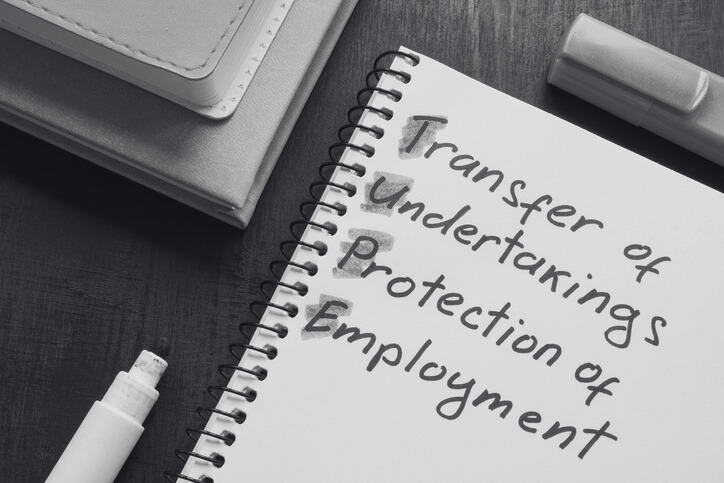On 3 March 2025, the Government published a White Paper proposing that commonhold becomes the standard form of ownership for residential flats and mixed-use properties. New leasehold properties will eventually be banned and replaced by commonhold as the default tenure.
Commonhold is form of freehold land ownership in England and Wales, established by the Commonhold and Leasehold Reform Act 2002. Interestingly, fewer than 20 commonhold developments have been registered since its creation in 2002.
Leasehold flats have been criticized over the years as they are a depreciating asset, with some landlords charging unregulated ground rents, and wielding a disproportionate threat of forfeiture of the lease.
Commonhold is proposed as a fairer ownership system. Changes to the current commonhold system have been suggested to deal with some of the problems which have left it unpopular and unused.
How does commonhold currently work?
Commonhold combines freehold ownership of a single property within a larger development and membership of a limited company that will own and manage the common parts of the development..
- Each residential flat in a commonhold building is referred to as a unit and the owner of a unit will hold the freehold. In a mixed-use development, each commercial premises will also be a unit.
- The freehold of the common parts is owned by the commonhold association, which is a company limited by guarantee. The common parts will include all shared areas including the structure of the building, hallways, staircases, lifts and gardens.
- All unit holders will be a member of the commonhold association which will own a share in the freehold of the common parts. This differs from current leasehold ownership where some tenants own the freehold through a company, but not all leaseholders are a member of the company that buys the freehold.
- The commonhold community statement sets out the standard rules governing the use and management of each unit, the rights and obligations of the commonhold association and each unit holder. The commonhold community statement should be in a prescribed form, so the same rules apply to every unit in every commonhold development.
- The rights and obligations of unit holders and the commonhold association are mutually enforceable, which means a unit holder can enforce the obligations contained in the commonhold community statement on another unit holder directly. This is one of the key advantages of commonhold, as opposed to a typical leasehold structure, where enforcement action against another tenant would usually need to be taken by the landlord.
- Each unit holder contributes to the costs incurred by the commonhold association for the management and maintenance of the building. This commonhold assessment is similar to the service charge in a leasehold structure.
Commonhold White Paper: what has been proposed?
Announcing the White Paper in March 2025, Matthew Pennycook, housing and planning minister, said:
'By taking decisive steps to reinvigorate commonhold and make it the default tenure, we will ensure that it is homeowners, not third-party landlords, who will own the buildings they live in and have a greater say in how their home is managed and the bills they pay.'
Key aspects of the proposed reformed commonhold in the White Paper include:
- Commonhold will apply to all types of developments, including mixed-use schemes. There will be flexibility for developers in constructing and selling commonhold schemes, as commonhold is thought to be well suited to new build developments.
- It will be cheaper, quicker and simpler for existing leaseholders to convert to commonhold.
- The commonhold unit owners will have more control over the operation of the commonhold. For example, agreeing an annual budget and having greater assurance that there will be funds for future repairs and emergency works in a reserve fund.
- The threshold for changing local rules will be raised to 75% and the concept of minority protection will be extended to decisions about setting local rules.
- There will be powers to replace directors of the commonhold association who do not comply with the rules of the commonhold.
- Commonhold associations will be permitted to obtain a loan secured either against the common parts or against future commonhold contributions. There will be protections so that the action taken is aligned to the interests of unit owners.
- It will be easier to take action against those who fail to pay their share of the commonhold’s costs, using of mediation or out of court methods of settlement.
- Mortgage lenders will have protections and the solvency of commonhold association will also be protected. There will be a role for lenders as a last resort to step in and apply to a tribunal to appoint a director or replace a failing one.
While the White paper discusses the conversion of existing leasehold blocks to commonholds, more detail will be needed to understand how current owners of residential or mixed-use buildings may be required to adopt commonhold. The Government’s proposal is that the consent threshold for conversion to commonhold is 50%, mirroring that for leasehold enfranchisement.
Conclusion
This White Paper is the first step in the process. The Government’s will carry out a full consultation later this year on a ban on the use of leasehold for new flats. The consultation will need input on important points such as the conversion of existing leaseholds, exemptions for legitimate use and how to minimise disruption to current housing.
A draft Leasehold and Commonhold Reform Bill containing the new commonhold framework will also be published later in 2025.







